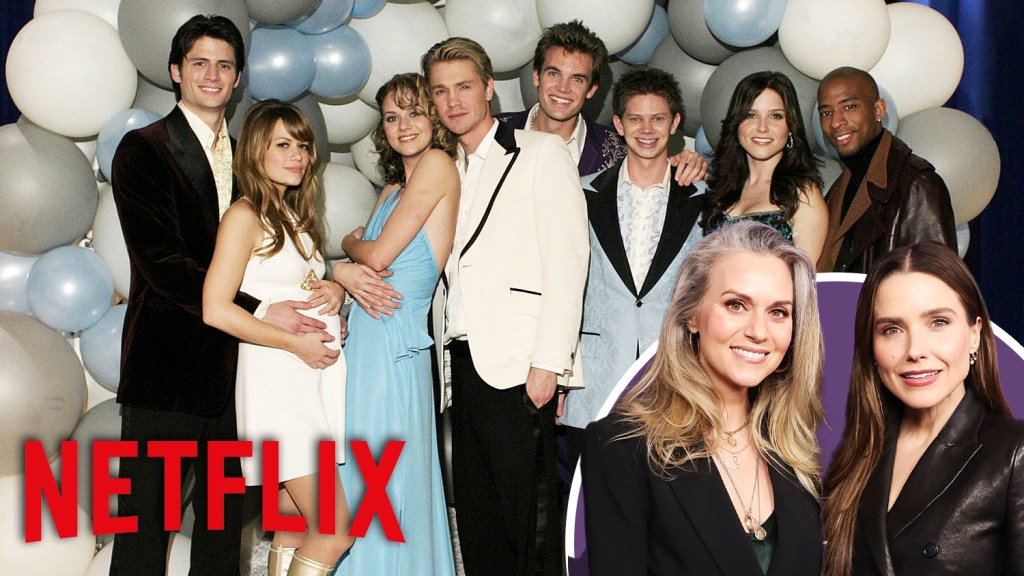Morgan Freeman's Refusal: The Untold Story Behind Shawshank's Iconic Scene

Frank Darabont's 1994 prison drama, "The Shawshank Redemption," based on a Stephen King novella, is a cinematic masterpiece that has transcended its initial release to become a modern classic. While the film didn't achieve immediate box office success, it garnered positive reviews and critical acclaim, particularly for the performances of Tim Robbins and Morgan Freeman. The film's tender screenplay and compelling narrative have cemented its place in cinematic history, with an impressive 89% approval rating on Rotten Tomatoes.
However, the film's journey to cult status was not without its twists. Despite being nominated for seven Academy Awards, "Shawshank" was ultimately overshadowed by other notable contenders, including "Forrest Gump," "Pulp Fiction," and "Quiz Show." It was only after its release on VHS that the film truly found its audience, with viewership growing exponentially over time. Many now consider "The Shawshank Redemption" one of the greatest films ever made, with its enduring themes of hope, friendship, and redemption resonating deeply with audiences worldwide.
One particularly memorable scene, where Red (Morgan Freeman) speaks about hope, has become synonymous with the film's enduring power. However, behind this iconic scene lies a fascinating story â a story of an actor's refusal.
Morgan Freeman, known for his powerful and emotive performances, initially objected to filming the hope scene as written in the script. He felt that Red, a man who has spent decades in prison, would not be able to genuinely articulate the abstract concept of hope. Freeman's perspective stemmed from his deep understanding of the character and his own experiences. He believed that Red's worldview, shaped by years of confinement, would be more grounded in the tangible realities of his prison life, rather than in idealistic notions of hope.
Darabont, the film's director, understood Freeman's reservations but ultimately convinced him to film the scene as written. He believed that Red's final words, "Hope is a good thing, maybe the best of things, and no good thing ever dies," were essential to the film's thematic core. This conversation between the director and the actor highlights the collaborative nature of filmmaking, where artistic vision and creative intuition are constantly in dialogue.
Despite his initial hesitations, Freeman delivered the scene with his signature eloquence and gravitas. The scene resonated with audiences and critics alike, becoming a powerful statement about the enduring nature of hope in the face of adversity.
The story of Morgan Freeman's refusal to film the hope scene sheds light on the creative process behind filmmaking. It reveals the importance of actorial input and the constant negotiation between artistic vision and creative intuition. Ultimately, "The Shawshank Redemption" became a testament to the collaborative spirit of filmmaking, with the final result being a film that has captivated audiences for generations.





